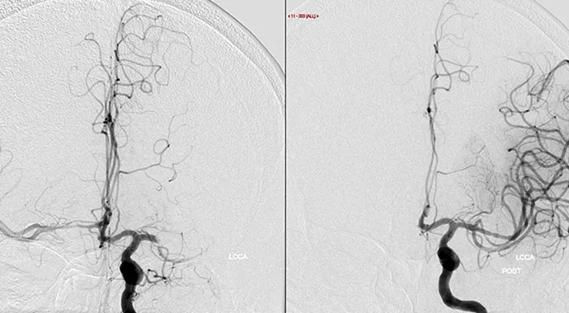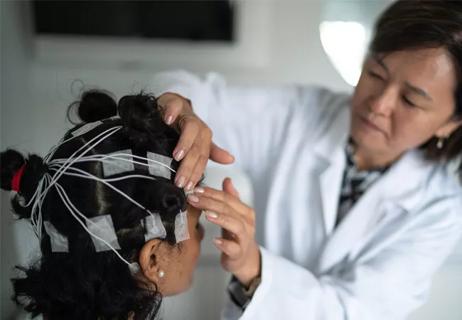Aim is to match outcomes of inpatient rehab at greater convenience and lower cost
Cleveland Clinic recently launched high-intensity, at-home rehabilitation for patients following stroke. Known as Home Care Plus, the model involves physical, occupational and speech therapy as well as nursing and custodial services.
Advertisement
Cleveland Clinic is a non-profit academic medical center. Advertising on our site helps support our mission. We do not endorse non-Cleveland Clinic products or services. Policy
“The catalyst was to identify some opportunity to help patients get home in their own environment, where most prefer to be anyway, in a way that is cost-effective while still providing rehabilitation and other services needed for recovery after discharge,” says Joshua Johnson, PT, DPT, PhD, Director of Outcome Research in Cleveland Clinic’s Department of Physical Medicine and Rehabilitation.
Dr. Johnson received a five-year grant from the federal Agency for Healthcare Research and Quality to evaluate the Home Care Plus model. In the most recent episode of Cleveland Clinic’s Neuro Pathways podcast, he shares what has been learned about the model’s effectiveness so far and how it might evolve. Dr. Johnson discusses:
Click the podcast player above to listen to the 21-minute episode now, or read on for a short edited excerpt. Check out more Neuro Pathways episodes at clevelandclinic.org/neuropodcast or wherever you get your podcasts.
This activity has been approved for AMA PRA Category 1 Credit™. After listening to the podcast, you can claim your credit here.
Podcast host Glen Stevens, DO, PhD: Are there any initial results you’re seeing regarding the effectiveness of this model, or is it too early?
Advertisement
Dr. Johnson: At this point we have done mostly descriptive analyses. In general, however, patients are doing well. These patients are discharged from the hospital at a functional level that would be consistent with having difficulty walking down a hallway, for example. But by the time they are done with this program, which has lasted an average of about 19 days for the entire home care episode, patients are at a point where they not only can walk down a hallway but can start to navigate an outdoor environment a bit better.
What we are eager to do is then compare and contrast those outcomes relative to patients who go to an inpatient rehabilitation facility so that we can understand whether the outcomes are at least as good, within the same general time frame, for these patients going home. Again, we are aiming to give patients an opportunity to heal in their own environment if that is what they’re interested in. And if it is shown that their outcomes are the same at home as in an inpatient rehabilitation facility, then that represents higher-value care. That is really what we’re after.
Advertisement
Advertisement

Increasing treatment options are extending the window for continued functional gains

Study links large artery atherosclerosis and delayed presentation to poorer treatment results

$3.2 million grant will fund use of calcium-based imaging to record neuronal activity in ischemia model

Findings from large cohort analysis can guide ongoing quality improvement initiatives

Insights and what’s next for the first U.S. mobile stroke unit to treat patients

Research to test clinical efficacy and cost-effectiveness versus standard-of-care rehab

Times to target blood pressure, CT and medication administration shorter than with EMS transport

Many patients unnecessarily continue the medications for years